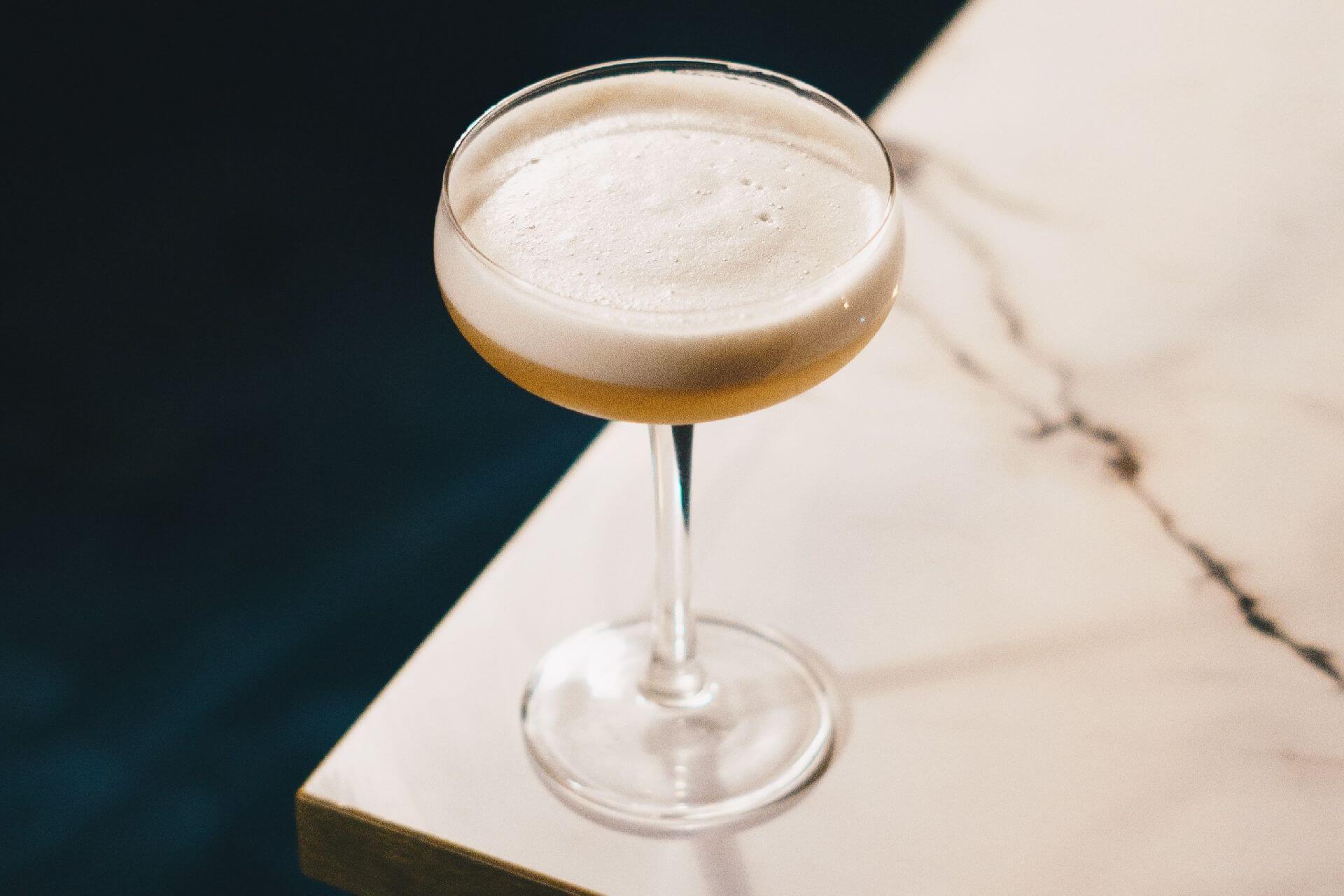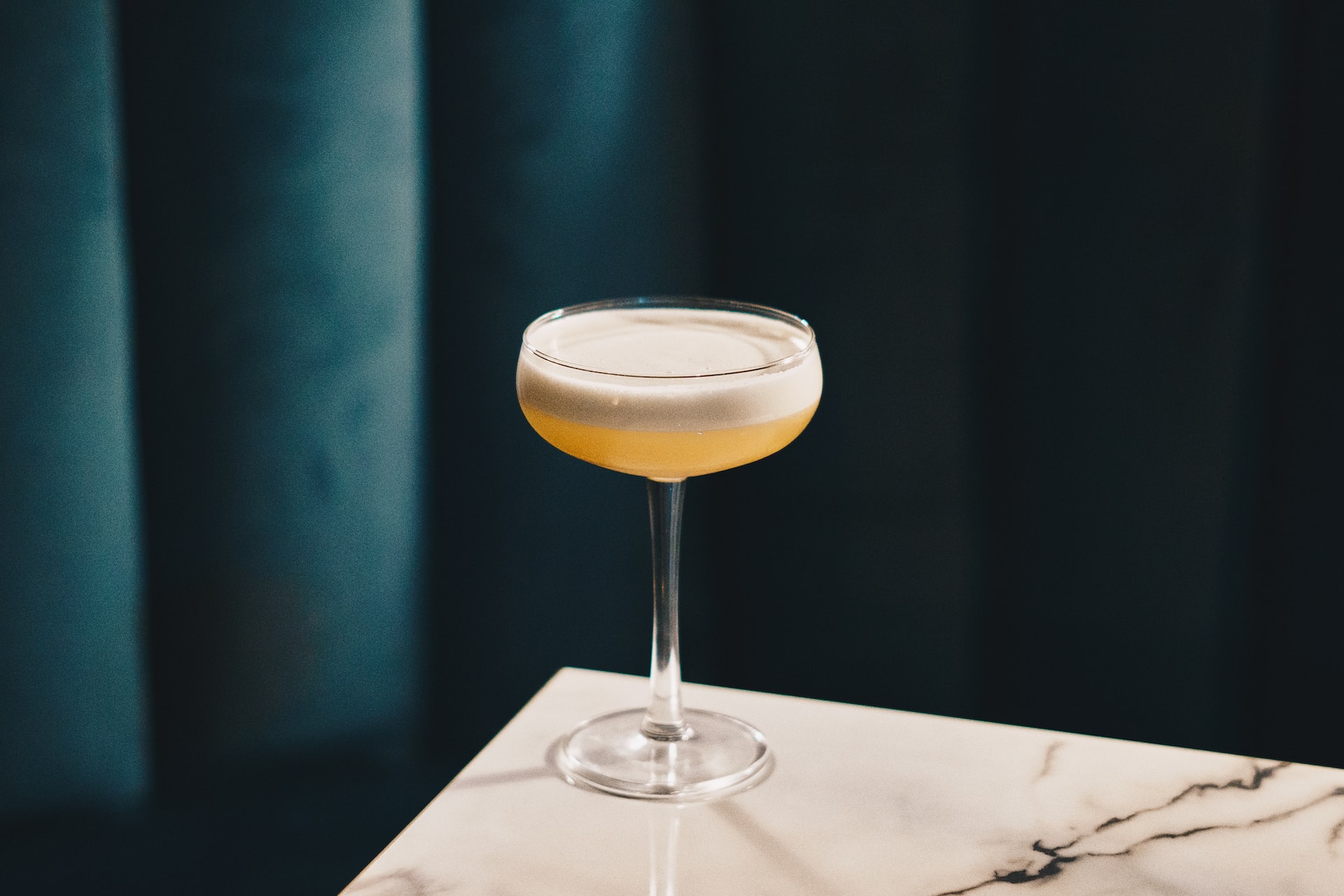Drink Donnybrook: Let’s Talk Whiskey Sour
by David Klemt

If I were to say that the Whiskey Sour is a cocktail with an uncertain and disputable origin, would you find that statement surprising?
Regular readers of KRG Hospitality articles probably won’t think that’s shocking. After all, it’s well known at this point that I enjoy diving into cocktails with “hazy” histories.
For example, there’s the Martini, the Mint Julep, and the Margarita. I guess if you want to ensure it causes endless debate, you should make certain your cocktail’s name begins with the letter “M.”
Dial “M” for “moot,” as it were.
One thing we can state with certainty is that the Whiskey Sour is a true classic cocktail. We can also state with conviction that it will always boast decades of popularity amongst drinkers, particularly in America.
This particular sour cocktail may not be among the top ten or 20 most-popular drinks, but it was at one point. One can make the argument that the Whiskey Sour was among the most popular for a century.
So popular, in fact, that we dedicate an entire day to it. We celebrate the Whiskey Sour on National Whiskey Sour Day, August 25. This year, we honor this classic on a Friday.
“M” is for “Mystery”
A ubiquitous tipple for a century? Looking into what we know of the Whiskey Sour’s history, yes.
That may seem like a bold claim. However, it’s possible its time in the spotlight boasts more than 100 years.
This comes down to the Whiskey Sour’s creation and when it became so popular. Interestingly, it appears historians can’t agree on when it was first mentioned.
For example, some say the recipe for the Whiskey Sour first showed up in print in Jerry Thomas’ The Bar-Tenders Guide. This legendary tome was first published in 1862. Then there are those who say the cocktail first appeared in 1870 in the Waukesha Plaindealer, a Wisconsin newspaper.
Of course, there’s a technicality. In The Bar-Tenders Guide, the 1862 print specifically mentions the Brandy Sour, the Gin Sour, and a rum sour called the Santa Cruz.
Either way, we can assume with confidence that the cocktail was known to at least a handful of bartenders and bar guests before the recipe was published in 1862. Then we can add this quote from David Wondrich about just how important the Whiskey Sour has been to American bargoers:
“From roughly the 1860s to the 1960s, the Sour, and particularly its whiskey incarnation, was one of the cardinal points of American drinking, and one of the few drinks that could come near to slugging it out with the vast tribe of cocktails in terms of day-in, day-out popularity.”
If we trust Wondrich’s understanding of cocktail, spirits, and bar history—and I think it’s safe to say we absolutely can—there’s at least a century’s worth of human history where at least Americans couldn’t seem to enjoy enough Whiskey Sours.
Prepare Your LTOs
As a member of the Sour Family of cocktails, the Whiskey Sour makes it easy to build an LTO menu for National Whiskey Sour Day.
First, of course, there’s the standard Whiskey Sour recipe: two ounces whiskey, 3/4-ounce fresh lemon juice, 3/4-ounce simple syrup, and a small egg white (optional).
Then there’s one of my favorite cocktails, the Penicillin: two ounces blended Scotch, 3/4-ounce fresh lemon juice, 3/4-ounce honey-ginger syrup, and 1/4-ounce Laphroaig 10 or other Islay Scotch (fl0at).
Finally, to add a third LTO because people like things in threes, there’s the New York or Continental or Southern Whiskey Sour: two ounces rye or bourbon, one ounce fresh lemon juice, 3/4-ounce simple syrup, one small egg white (optional), and 1/2-ounce red wine (float).
Of course, there are other riffs on the Whiskey Sour (the Gold Rush, for example) you can include on your LTO menu.
There you have it: another cocktail whose creator will likely never get full credit for their influential invention. Cheers to this mystery person!
Image: Ambitious Studio* – Rick Barrett on Unsplash


